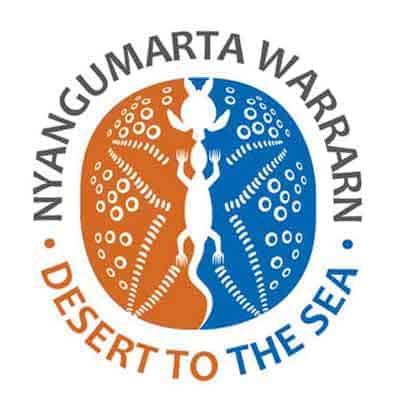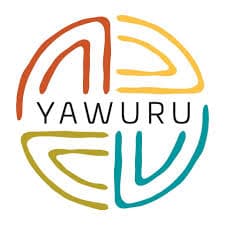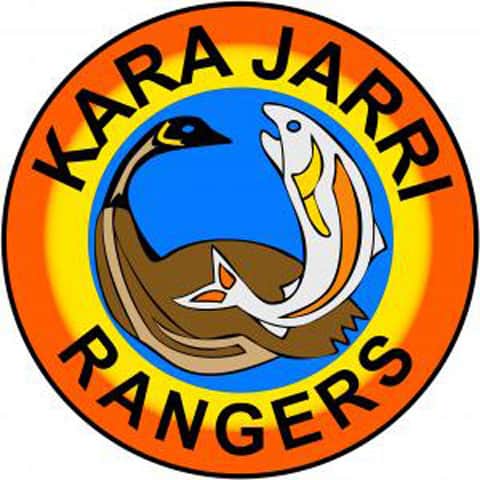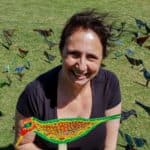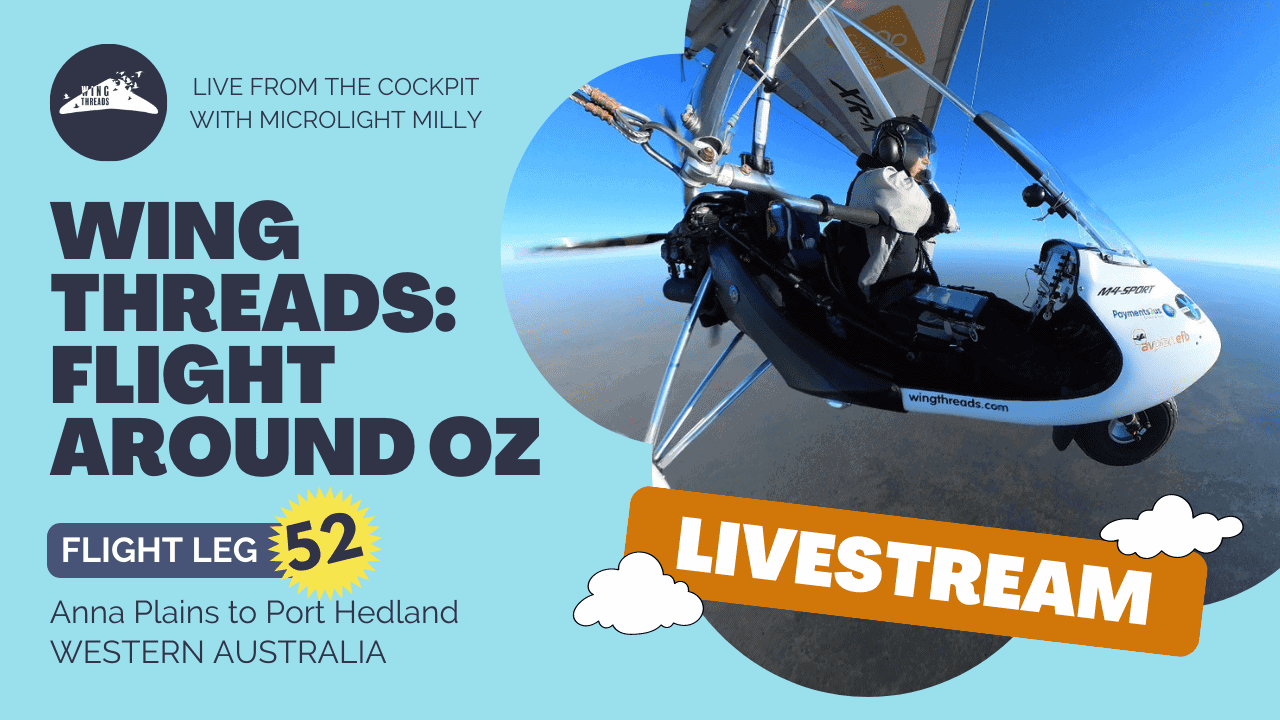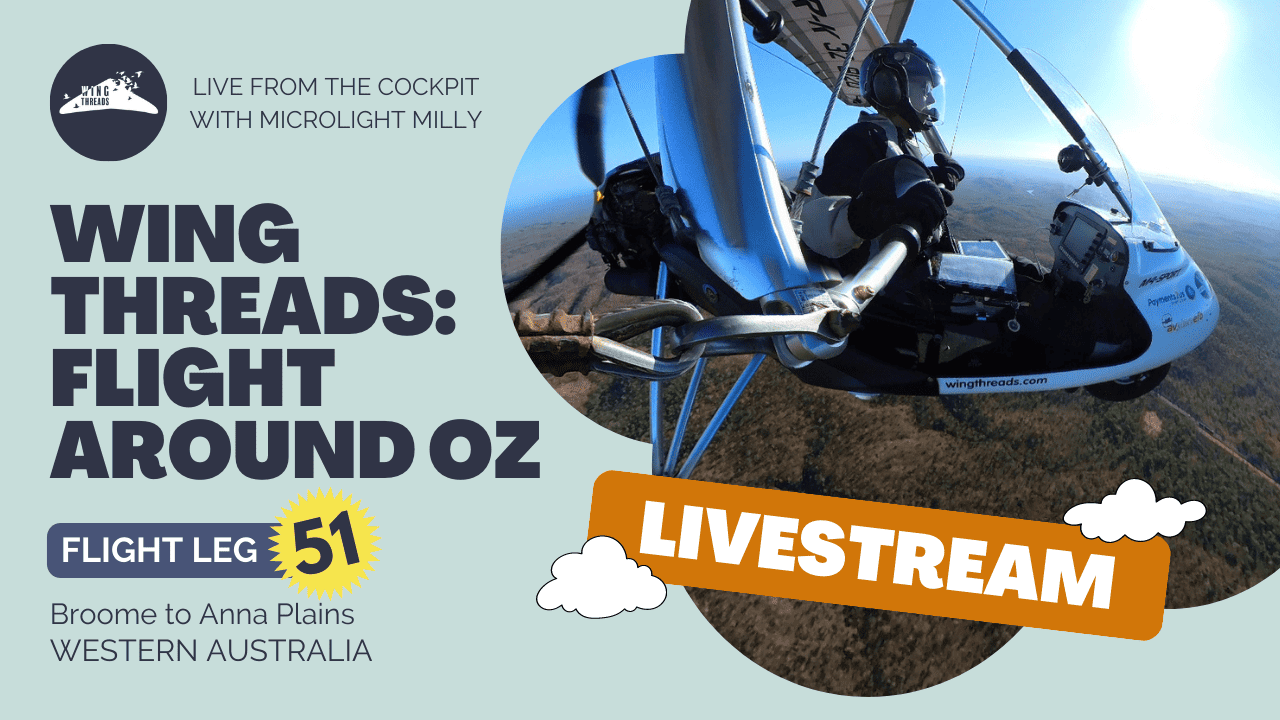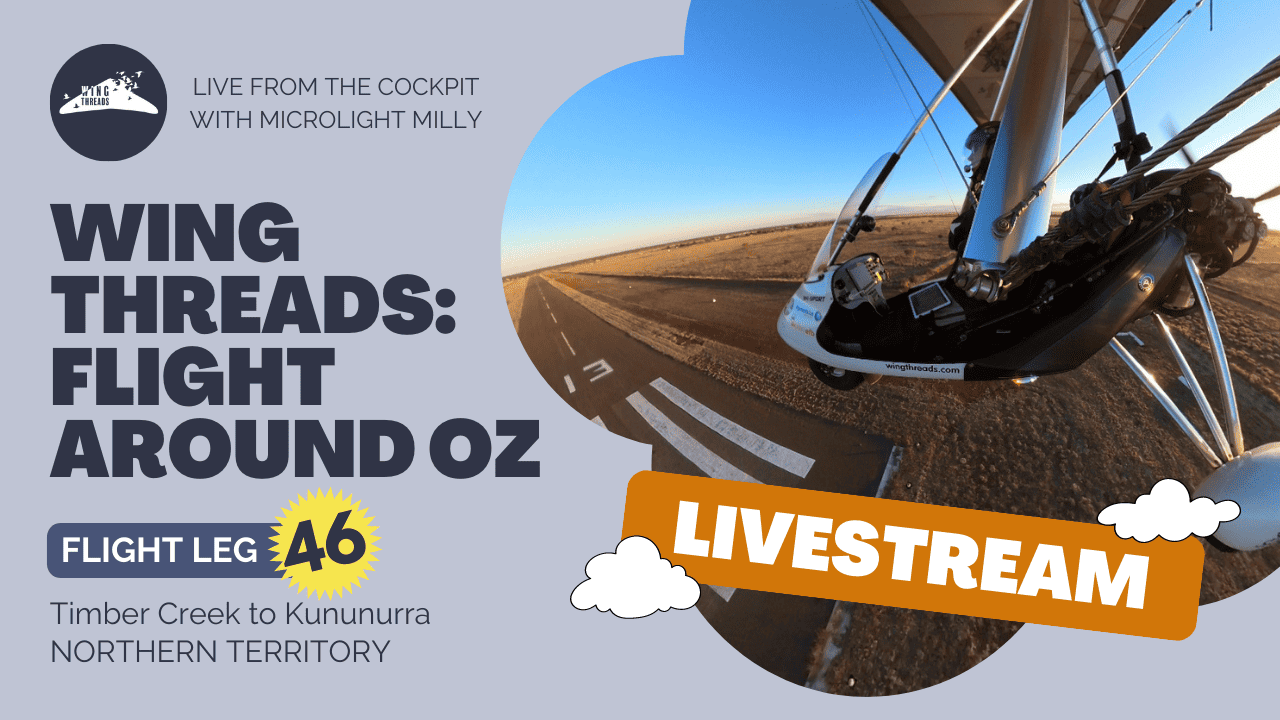The AWSG Satellite Tracking Projects
Background
The Australasian Wader Studies Group (AWSG) has been using satellite transmitters for tracking the migration of shorebirds visiting North West Australia since November 2013 when five 5g satellite transmitters (PTT) were deployed on Little Curlew in Roebuck Bay, Broome. In February 2017 satellite trackers were placed on Whimbrel and in February 2019 on Oriental Pratincole.
The platform transmitter terminals (PTTs) were programmed to send signals for 10 hours then to be silent for the next 48 hours.
Oriental Pratincole
The AWSG deployed 5 satellite transmitters on Oriental Pratincoles (2g PTT units) in February 2019.
Although overall data has been quite poor over the last two weeks when compared to previous tag performance, we do have enough information to suggest that SHE and SEC are still on their breeding grounds. From the raw data it is difficult to say confidently whether they are actually in nesting phase or are still choosing a suitable patch to make a nest.
SEP has likely made his way to his 2019-breeding site in the last week or so – yes, from feather samples taken at the time of fitting the satellite tag, we can confirm that SEP is a he, (SHE and SEC DNA sexing not yet completed). Many thanks to Marcel Klaassen and his team from Deakin University for their assistance with DNA sexing analysis for this project.
As an extra special addition to this update, our Taiwanese colleagues have provided us with information of a nesting attempt in the Xinying District, complete with photos and video footage.
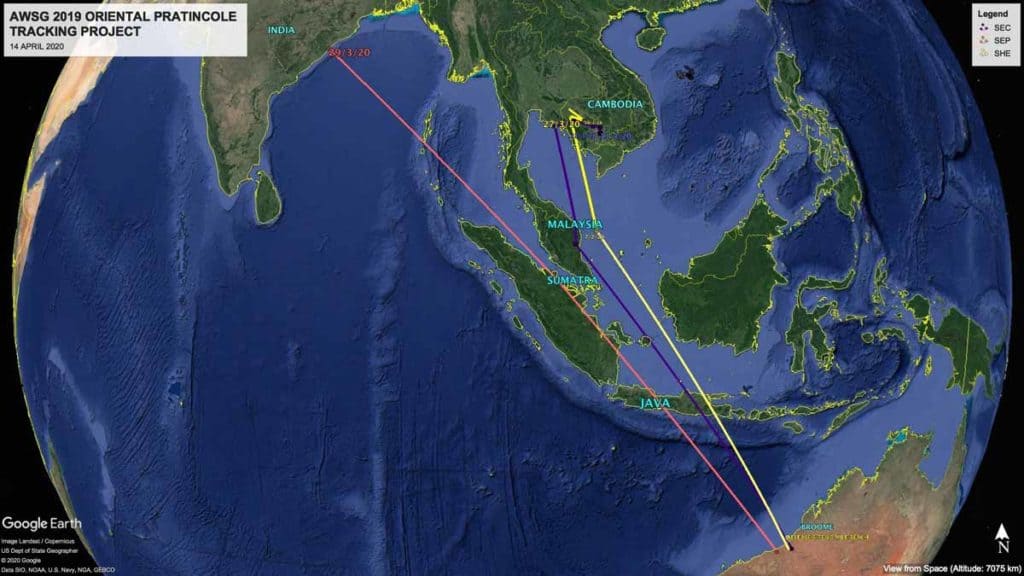
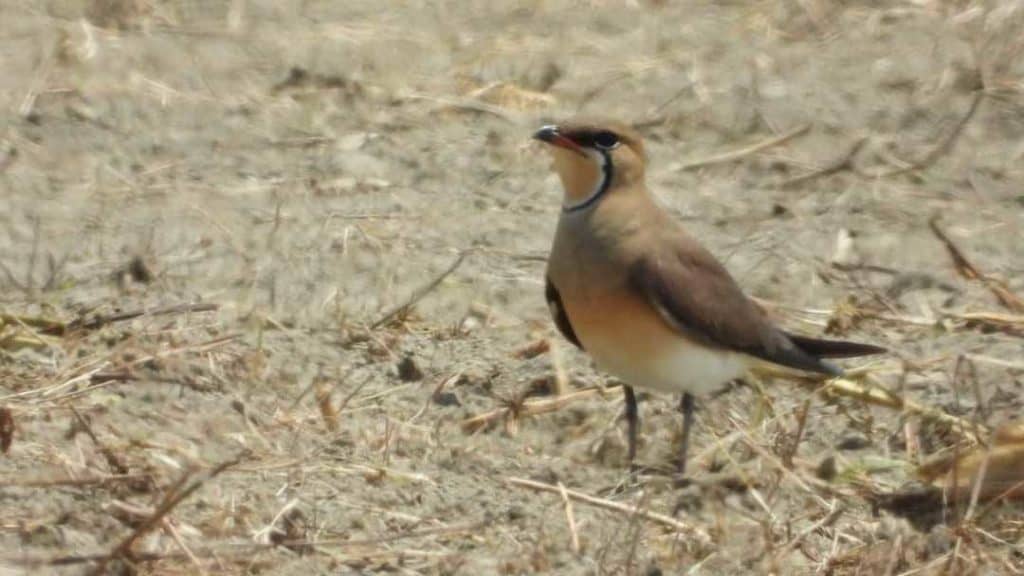
Oriental Pratincoles on the move
Poor data but still confident all is well
Leg Flag SHE (PTT 83595)
From what little information we have received over the last few weeks, it looks likely that SHE is still in the Tonle Sap Lake breeding location in Cambodia. SHE has now been here for 49 days since arriving on the 26th February; a distance of 4000 km from the 2019 release site.
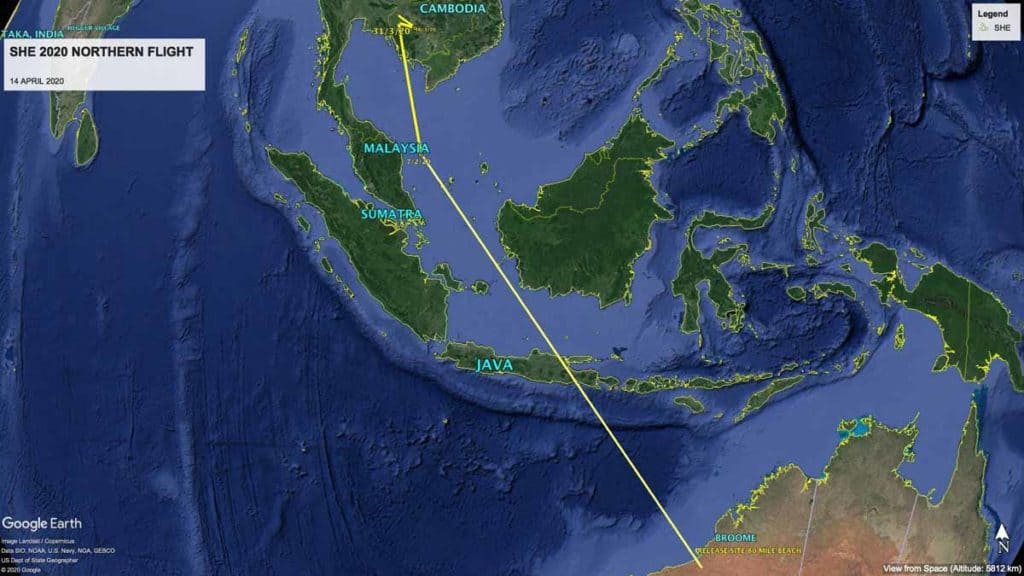
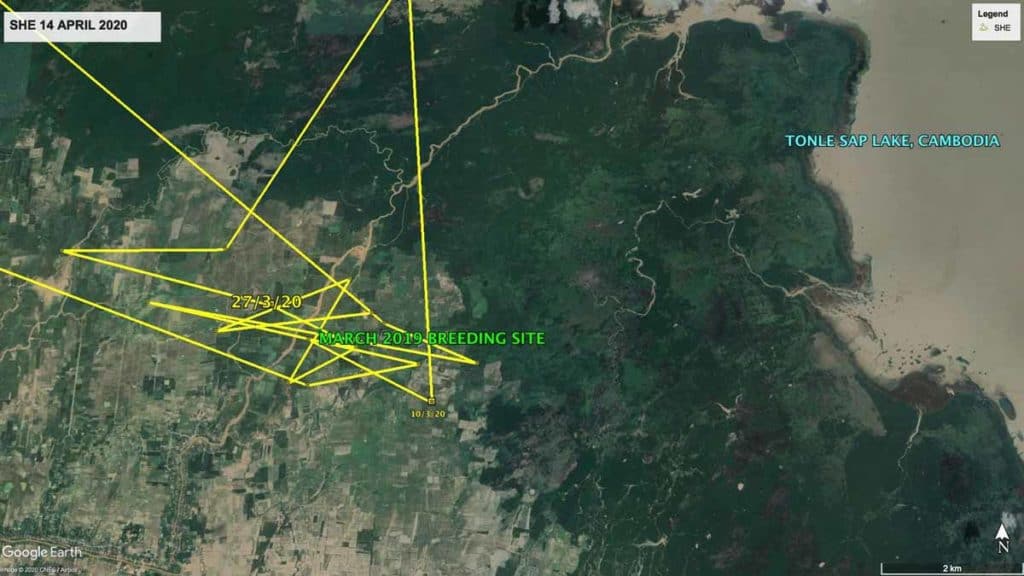
Settling in nicely
SEC (PTT 83596)
SEC’s PTT has continued to transmit data at regular intervals and it is clear that this bird is still on location in the 2019 breeding location. This makes it 38 days on breeding grounds, approximately 35 km east of Phnom Penh, Cambodia, and some 3870 km from the 2019 release site.
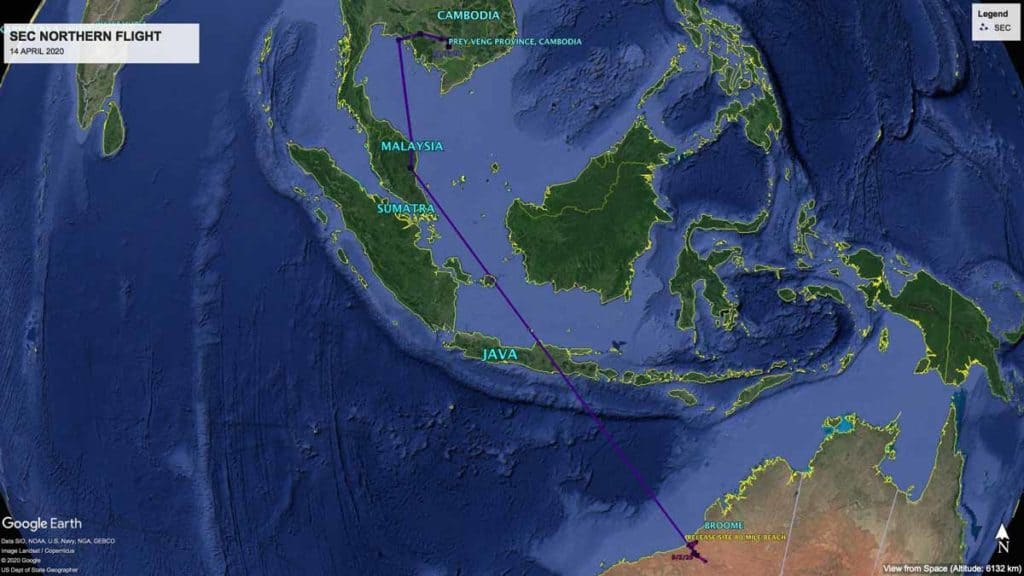
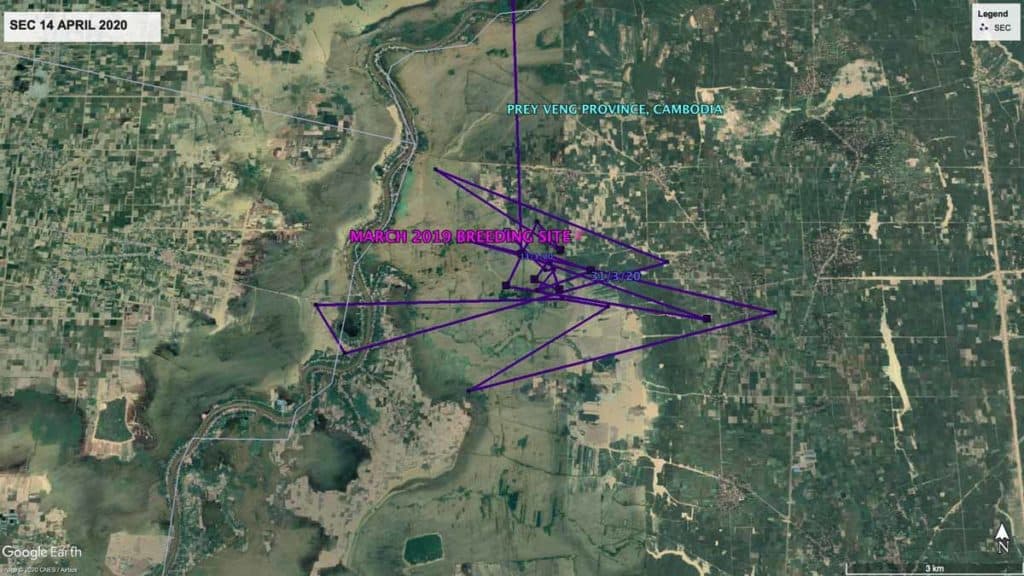
Preparing for another breeding season
WITH INPUT FROM SUBBU SABRAMANYA
Leg Flag SEP (PTT 83593)
On the 15th April one signal was received showing that SEP may be in the 2019 breeding site in Karnataka, India. As mentioned in the introduction, SEP is a male bird with analysis of DNA from a feather sample having been recently completed.
SEP is approximately 6350 km from the Eighty Mile Beach release site.
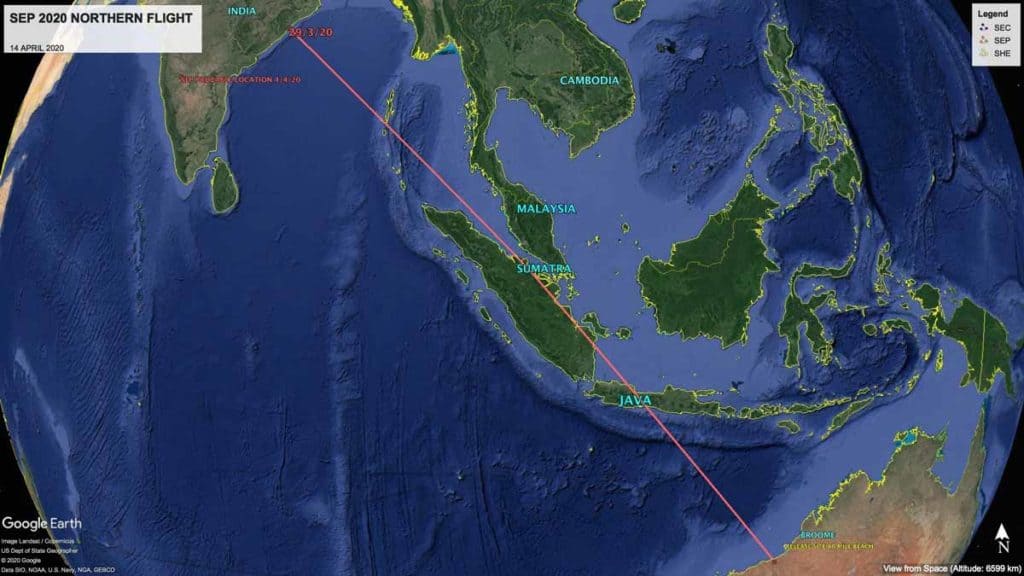
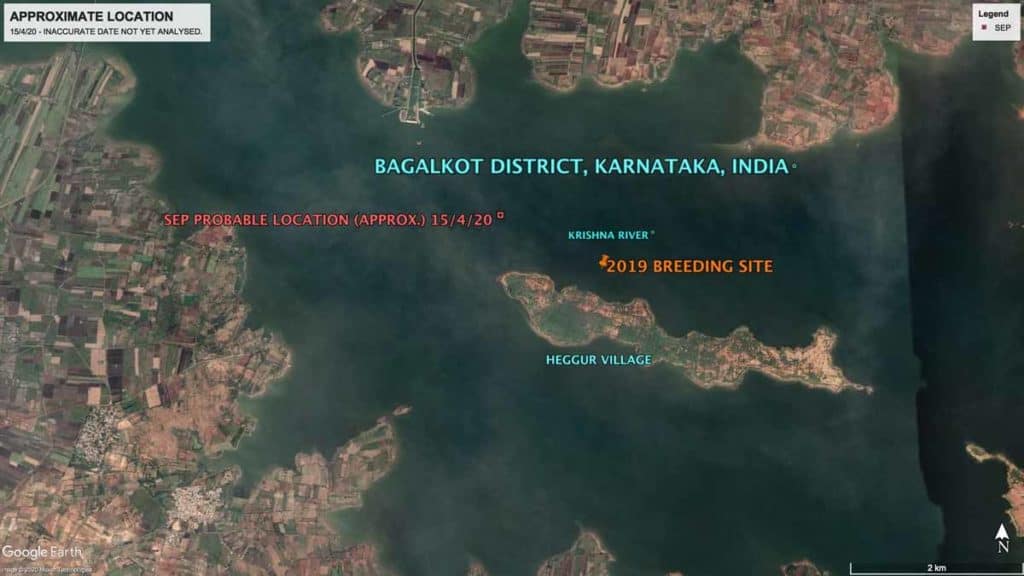
News from Taiwan
With input from Chung-Yu Chiang
Even though we are unable to continue tracking SUN, we are fortunate to be receiving information from birdwatchers providing details of Oriental Pratincole activities in Taiwan.
Many thanks to Mr. Chen, Chien-An for providing photos and video of a nesting Oriental Pratincole in the Xinying District.
Sugarcane plantations support the Xinying District economy and past observations show that Oriental Pratincole readily make nests in fields after the Sugarcane is harvested.
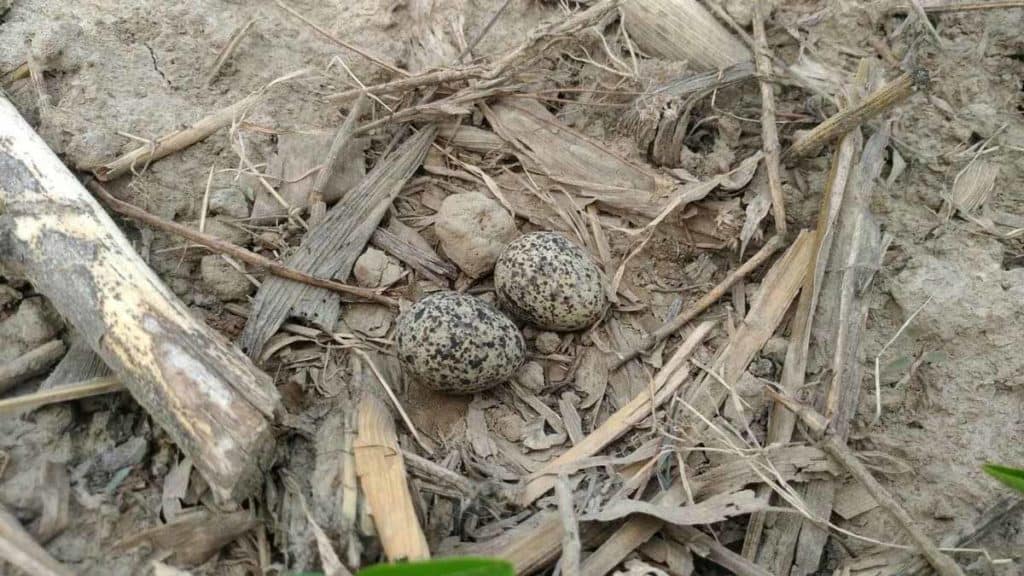
Video footage of Oriental Pratincole nesting is recently harvested sugarcane field in Taiwan.
Download a PDF copy of this report – Oriental Pratincole Satellite Tracking Report 24
Acknowledgements
Clive Minton
The extensive and expensive satellite tracking program we have set up in NWA has only been possible through the efforts and generosity of a large number of people and organizations. It is difficult to know where to start with the formal acknowledgements so I will list them – but not in any particular order of priority.
- The members of the AWSG NWA 2019 Wader and Tern Expedition and similar NWA expeditions in previous years, are particularly thanked for their efforts in the field in catching, banding and deploying transmitters on a range of species.
- Landowners are especially thanked for permission to go onto their property to enable us to catch various species in order to deploy the satellite transmitters. In particular we thank Anna Plains Station for giving us the freedom to roam over large areas of grazed grassland when counting and catching target species.
- AWSG acknowledges the Yawuru People via the offices of Nyamba Buru Yawuru Limited for permission to catch birds on the shores of Roebuck Bay, traditional lands of the Yawuru people.
- AWSG acknowledges the Karajarri and Nyangumarta people for permission to catch birds to be marked for this project on the shores of 80 Mile Beach, traditional lands of the Karajarri and Nyangumarta.
- The cost of the satellite transmitters, which cost around $5000 each, and the satellite downloading costs (around $1000-1500 per month) have been met by a variety of sources. Private individuals (Charles Allen and Doris Graham) have made most generous individual contributions. Kate Gorringe-Smith and her team of artists involved in The Overwintering Project made a large, generous donation from funds raised during their various public exhibitions. The annual NWA Expedition members, collectively, also provided significant funds each year.

